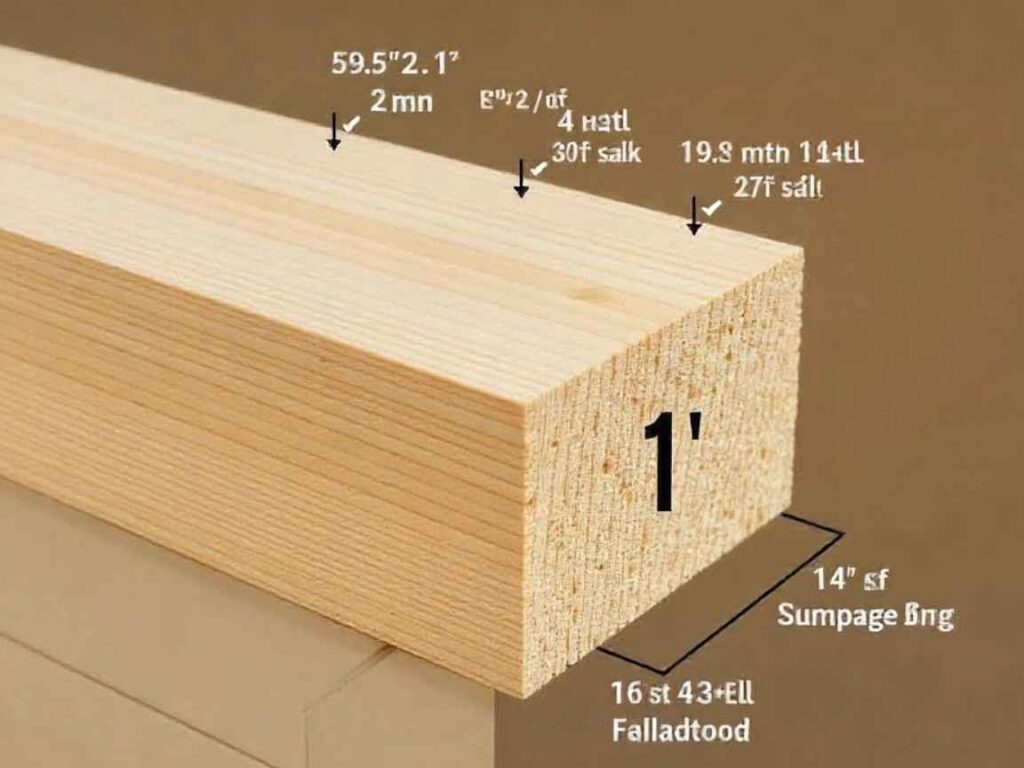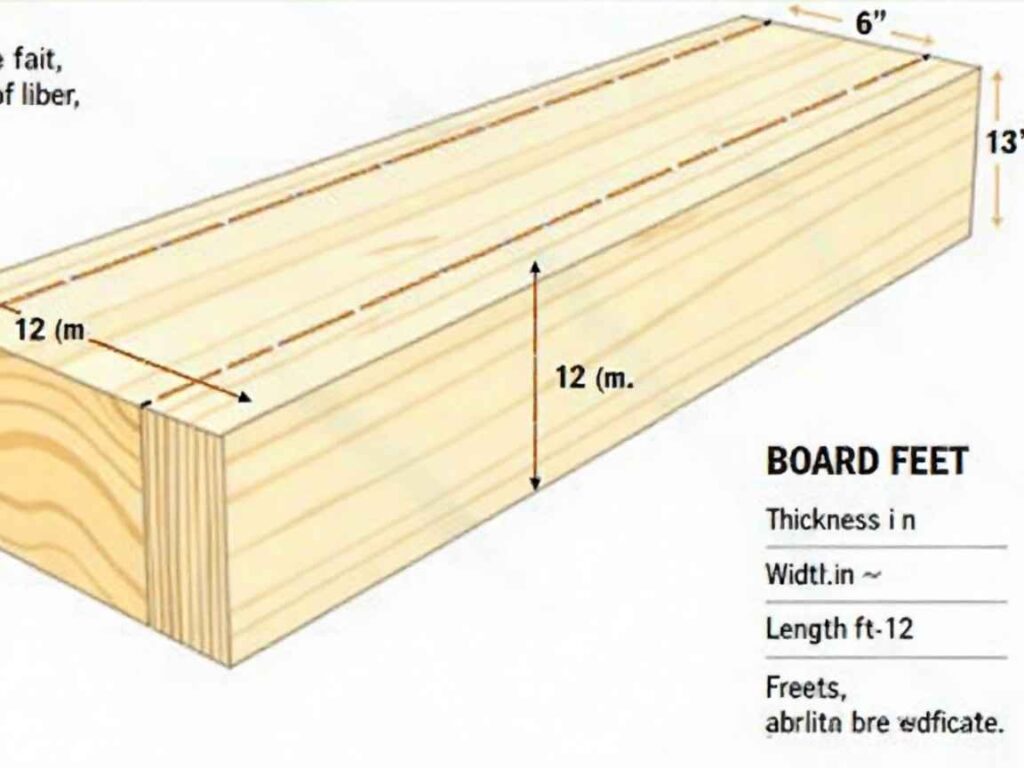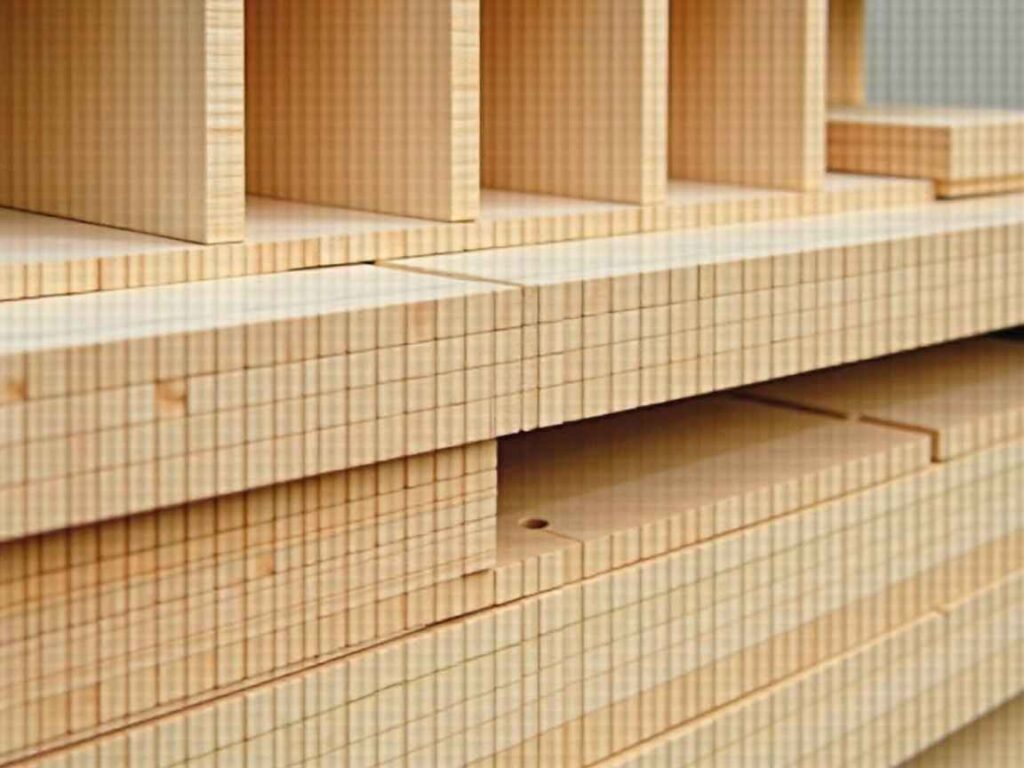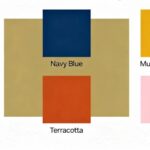If you’ve done a home renovation, tried woodworking, or bought lumber for a project, you’ve probably seen many different measurements. You might know inches, feet, and square feet, but there’s another common lumber term: the board foot.
Knowing what a board foot is helps anyone buying hardwood. It’s the main way to measure lumber volume, which affects how much you pay. Unlike square feet, board feet include the wood’s thickness, so you get an exact volume.
This guide explains what a board foot is and why it’s important. You’ll learn the easy formula, see real examples, and get answers to common questions. By the end, you’ll know how to figure out board feet and check your lumber costs.
What is a Board Foot?

A board foot is a way to measure lumber volume. One board foot equals a piece of wood that’s one foot long, one foot wide, and one inch thick.
Think of it this way: imagine a square piece of wood that measures 12 inches by 12 inches (one square foot). If that piece is one inch thick, its volume is exactly one board foot. If it were two inches thick, it would be two board feet.
Board feet help standardize how lumber is sold, especially hardwoods that come in many sizes. Instead of pricing each piece differently, sellers use board feet to price wood by volume. This makes pricing fair and clear, whether you buy one board or many.
Here’s a helpful conversion to remember:
- 1 board foot = 144 cubic inches (12 inches × 12 inches × 1 inch)
- 1 cubic foot = 12 board feet
This distinction is crucial. While you might use square feet to plan the area a new deck will cover, you’ll use board feet to purchase the actual lumber needed to build it.
How to Calculate Board Feet
Calculating board feet is straightforward once you understand the formula. The key is to pay close attention to the units you’re using for each dimension.
The Board Foot Formula

Here’s the standard formula to find the volume of lumber in board feet:
Board Feet = Thickness (in) × Width (in) × Length (ft) / 12
Let’s break down the components of this formula:
- Thickness (in): Measure the board’s thickness in inches. For rough-sawn lumber, this is simple. For planed lumber, use the nominal thickness (the size before planing, like 1″ or 2″) instead of the actual, slightly smaller size. Check with your supplier if you’re unsure.
- Width (in): Measure the width of the board in inches.
- Length (ft): Measure the length of the board in feet.
- Division by 12: This step changes your measurements into board feet.
Using an Example to Calculate Board Feet
Suppose you want to buy five hardwood boards for new shelves. Each board has these measurements:
- Thickness: 1.5 inches
- Width: 8 inches
- Length: 10 feet
First, calculate the board feet for one board using the formula:
Board Feet = 1.5 in × 8 in × 10 ft / 12
- Multiply the dimensions: 1.5 × 8 × 10 = 120
- Divide by 12: 120 / 12 = 10
So, one board has a volume of 10 board feet.
Since you need five boards, multiply this number by five:
Total Board: one board equals 10 board feet.
Calculating Total Cost

Now, let’s find the total cost. If the lumberyard charges $6.50 per board foot, here’s how to figure out your total:
Total Cost = Total Board Feet × Price per Board Foot
Total Cost = 50 BF × $6.50/BF = $325.00
Using the board foot calculation helps you budget and make sure you’re paying the right amount for your materials.
Frequently Asked Questions
Here are some common questions and answers about board feet and lumber measurements.
How do you calculate board feet in a log?
Estimating board feet in a log depends on how it’s milled. There are standard log scaling rules, like the Doyle Rule and the International ¼-Inch Rule. These use the log’s diameter (measured at the small end, inside the bark) and its length to estimate yield. You can look up values in a table, but the Doyle Rule formula is a quick way to estimate:
Board Feet = ((Diameter in inches – 4) / 4)² × Length in feet
What is the difference between a board foot and a linear foot?
The main difference is what each measures. A board foot measures volume, including thickness, width, and length. A linear foot only measures length—12 inches in a straight line. Linear feet are used for materials like trim or molding, where only the length changes.
How many board feet are in a standard 2×4?
The number of board feet in a 2×4 dependsThe board feet in a 2×4 depends on its length. A standard 2×4 is 2 inches thick and 4 inches wide. Using the formula (2 in × 4 in × Length ft / 12), you can find the board feet for different lengths: × 8 / 12)
- A 10-foot 2×4 is 6.67 board feet (2 × 4 × 10 / 12)
- A 12-foot 2×4 is 8 board feet (2 × 4 × 12 / 12)
Why are board feet not used for all types of wood?
Board feet are used to sell hardwood and some softwoods, especially when the boards come in different sizes. But dimensional lumber, like 2x4s and 2x6s at big home stores, is usually sold by the piece or by the linear foot. These boards are cut to standard sizes, so pricing by length is easier.
What is a “board foot of insulation”?
The term “board foot” is also used for insulation, especially spray foam. Here, a board foot means enough material to cover one square foot to a depth of one inch. It helps estimate how much spray foam you need for a wall or attic.
Mastering Your Lumber Purchases
Knowing how board feet work is useful for anyone working with wood. It makes lumber pricing clearer, helps you budget, and ensures you get what you pay for. Next time you see prices listed “per BF,” you’ll know how to figure out your needs and costs.
Once you know the simple formula and how to use it, you can start your next project with more confidence and control over your materials.











